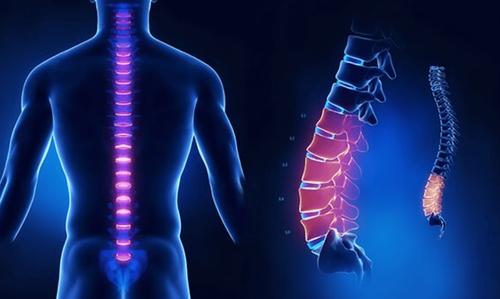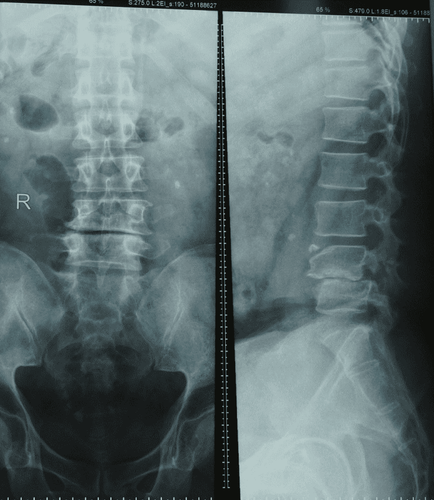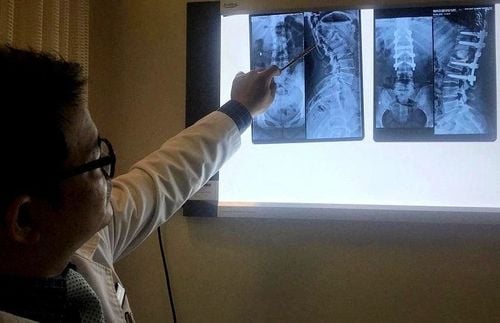This is an automatically translated article.
The article was professionally consulted by Specialist Doctor I Nguyen Thanh Hai - Radiologist - Department of Diagnostic Imaging and Nuclear Medicine - Vinmec Times City International General Hospital. Doctor Hai has more than 20 years of experience in the field of diagnostic imaging, especially in the field of multi-slice computed tomography, magnetic resonance.X-ray is considered a very popular imaging method today, helping to diagnose as well as monitor treatment more effectively. However, not all patients can apply X-ray as well as there are precautions when taking X-rays that need attention so as not to affect the patient's health.
1. Notes when taking X-rays
X-ray is a very popular subclinical technique today, present in almost all medical examination and treatment facilities for the purpose of surveying some internal parts of the body that cannot be observed during clinical examination. this close. This is a method that is easy to implement, safe for patients' health, low cost and highly effective. The principle of operation of this technique is to use X-rays which is a type of radiation energy that can penetrate soft tissues and some cells in the human body, giving results recorded on radiographs of organs. can see x-rays pass through. Although X-rays easily pass through the air to give a black film image, they are very much absorbed by dense tissues, typically bony tissues in the body, so when passing through these tissues, the film is often for white image.X-ray film helps diagnose and monitor the treatment of a number of diseases such as:
Diseases related to bones and joints such as injuries, fractures, fractures, osteoporosis, bone cancer, uric stones, arthritis, Gout... Dental diseases such as tooth decay, survey before braces... Lung related diseases such as lung cancer and pneumonia Vascular and cardiovascular diseases such as surveys heart size and shape, heart deformity, heart valve regurgitation, the condition of certain substances that are dangerous to blood vessels such as calcium or its compounds, occlusion of blood vessels... X-rays are taken to monitor recovery. recovery of patients after undergoing certain types of surgery such as thoracic surgery, surgery to treat fractures. In addition, some disadvantages of this method still exist and need to be paid more attention to avoid affecting the patient's health such as:
X-rays can be the cause of some cancers. Because if the intensity is too great, it will be a favorable condition for cancer cells to grow in the patient's body. After taking X-ray, the patient may appear some dermatological problems such as red spots on the skin surface, skin burns, skin burns... Some other harmful effects when taking X-rays such as cataracts body, weakened immune system, diarrhea, weight loss... Therefore, patients need to be carefully indicated and consulted before performing X-ray, should not take X-ray on their own. medical facilities without the consent of the treating doctor in order to minimize possible dangerous problems for the patient.

2. Is it okay to have an X-ray 1 month pregnant?
For pregnant women who are a special subject and need to be consulted and considered carefully before applying any specific laboratory testing technique or treatment method, X-ray is recommended. have adverse effects on fetal development. When X-rays are radiated into the mother's body, they can potentially affect the fetus in the womb, causing birth defects or abnormalities.The dose and intensity of X-rays that are given to the mother as well as the duration and frequency of X-rays during an X-ray will affect the fetus in different ways. Therefore, in specific cases, pregnant women need to be prescribed by a treating doctor before taking X-rays.
In addition, inside the pregnant woman's body, there is also a risk of miscarriage or fetal malformation that is not related to external factors but to get the best health for the baby during pregnancy. During pregnancy and childbirth, X-rays are not recommended. If a laboratory test is required to confirm the diagnosis, doctors may consider switching to another laboratory method for diagnosis instead of X-rays.

3. How long after X-ray should be pregnant?
In clinical practice, if a pregnant woman only takes X-ray once, the possibility of affecting the fetus is extremely low, however, if the woman goes for X-ray many times but does not know that she has had an X-ray. Pregnancy can affect the health of both the mother and the fetus. More seriously, the cells in a pregnant woman's body when exposed to X-rays are likely to be damaged, and then can progress to cancer cells. Therefore, before each indication of X-ray for women, it is necessary to clearly exploit whether the woman is pregnant or not, so that it can be indicated most accurately, without affecting the health of the radiographer.X-ray is a diagnostic method that is applied a lot today, but special subjects including pregnant women need to carefully consider and master the notes when taking X-rays and taking X-rays. There are specific indications of the doctor before taking this measure to avoid unwanted risks affecting the development of the fetus.
Vinmec International General Hospital with a system of modern facilities, medical equipment and a team of experts and doctors with many years of experience in medical examination and treatment, patients can rest assured to visit. examination and treatment at the Hospital.
Please dial HOTLINE for more information or register for an appointment HERE. Download MyVinmec app to make appointments faster and to manage your bookings easily.
MORE
X-ray radiation levels 22 X-ray frequently asked questions in the diagnosis of fractures














